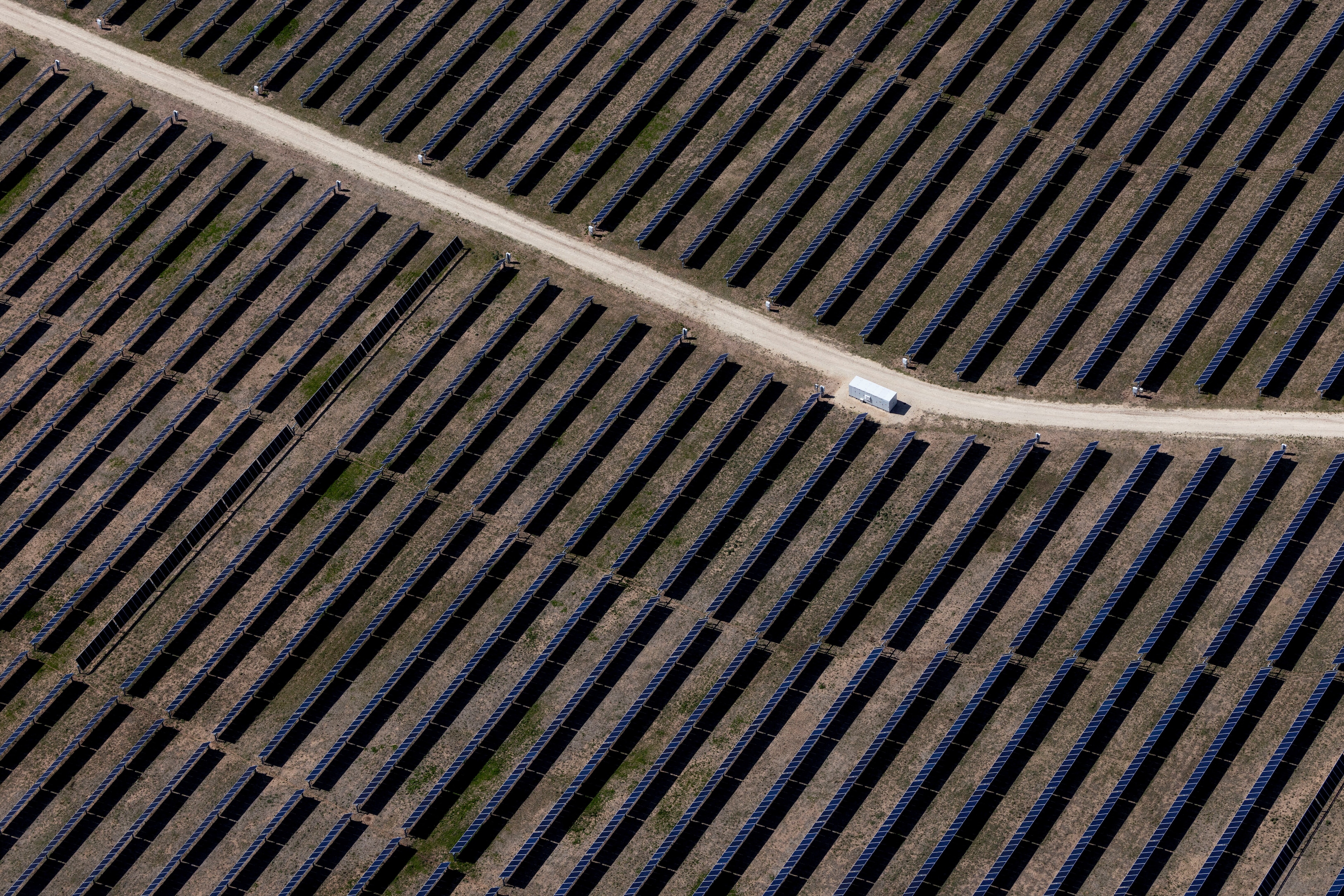We're losing the night due to artificial light. But it's not too late to get it back

Light pollution is blocking out the stars
Image: REUTERS/Paul Hanna
Stay up to date:
Future of the Environment
Rapid growth in the use of artificial light means much of the world is experiencing a “loss of the night,” according to a study published in the journal Science Advances, which analysed images taken from a NASA Earth-observing satellite. The images reveal that between 2012 and 2016, artificially lit outdoor areas increased by 2.2% per year.
This increase was observed across most countries in Asia, South America and Africa, while half of Europe and a quarter of North America is now brighter than in 2012.
Only a small number of countries, including the United States, Spain and Italy, have the same amount of artificial light, the data shows. Meanwhile, light pollution has decreased in a handful of countries, such as Syria and Yemen, which are experiencing war.
Accept our marketing cookies to access this content.
These cookies are currently disabled in your browser.
Interestingly, the researchers had expected to see a decrease in brightness in affluent cities and across industrial areas following the introduction of energy-efficient LED bulbs, but the reverse has happened.
“What’s more, we actually see only part of the light increase,” lead researcher Christopher Kyba said.
This is because the NASA satellite can’t ‘see’ light at wavelengths below 500 nanometres, known as blue light, which is emitted by LEDs.
The Earth’s night-time surface brightness and especially the skyglow over cities is increasing, probably even in the cases where the satellite detects less radiation, according to the researchers.
Health concerns
The use of artificial light has raised concerns about human health, including increasing the risk of obesity, depression, sleep disorders, diabetes and even breast cancer, as this study shows.
It may also have an effect on the behaviour of animals, as well as negatively affect plant life and microorganisms.
Increased light pollution also means that for many of us our home galaxy, the Milky Way, is no longer visible.
A 2016 study reveals that more than 80% of the world’s population and more than 99% of people in the US and Europe, live under light-polluted skies. More than one-third of the world – including 60% of Europeans and nearly 80% of North Americans – is now unable to see the Milky Way, even on a clear night.
Seeing the light
However, Kyba’s team is hopeful that the situation can improve, particularly if we assume demand is nearing saturation in developed countries.
“[F]actors that reduce demand include efforts to transition to a sustainable society with decreased electricity demand, the desire of local governments to reduce the costs of lighting and the establishment of protected ‘dark sky’ areas,” the researchers write.
Noting the example of Tucson, Arizona, Kyba adds that well-designed LED lamps can be used to reduce light emission “without any noticeable effect for human perception.”
Tucson first adopted light ordinances in the 1970s in an effort to provide standards that ensured night lighting did not interfere with nearby astronomical observatories. Four decades later, it is still possible to view the Milky Way in Tucson with the naked eye, according to reports.
Don't miss any update on this topic
Create a free account and access your personalized content collection with our latest publications and analyses.
License and Republishing
World Economic Forum articles may be republished in accordance with the Creative Commons Attribution-NonCommercial-NoDerivatives 4.0 International Public License, and in accordance with our Terms of Use.
The views expressed in this article are those of the author alone and not the World Economic Forum.
Forum Stories newsletter
Bringing you weekly curated insights and analysis on the global issues that matter.
More on Nature and BiodiversitySee all
Elena Raevskikh and Giovanna Di Mauro
July 23, 2025
Arunabha Ghosh and Jane Nelson
July 22, 2025
Sebastian Buckup and Beth Bovis
July 10, 2025






